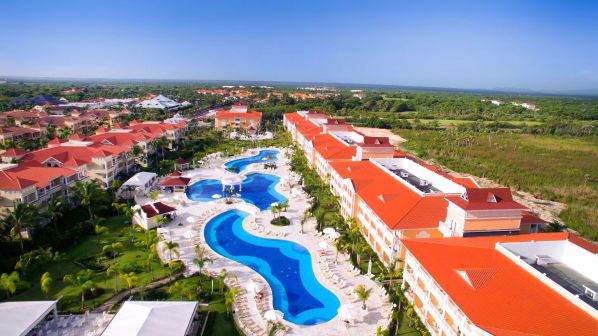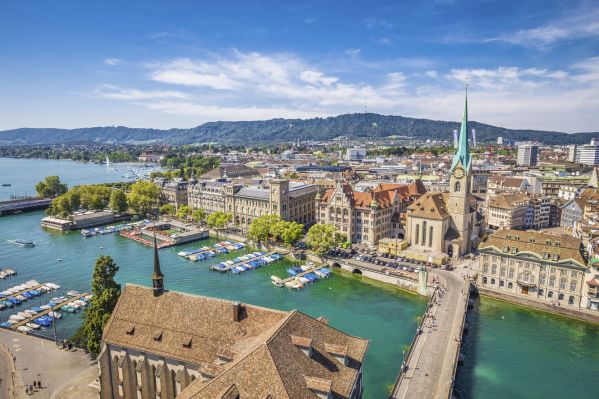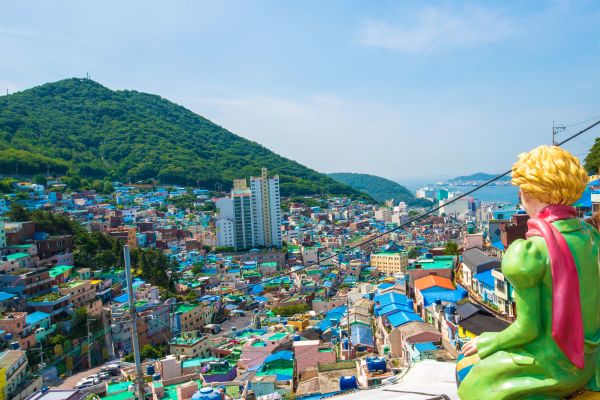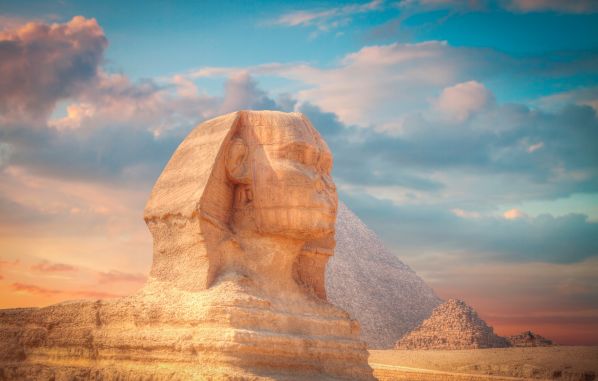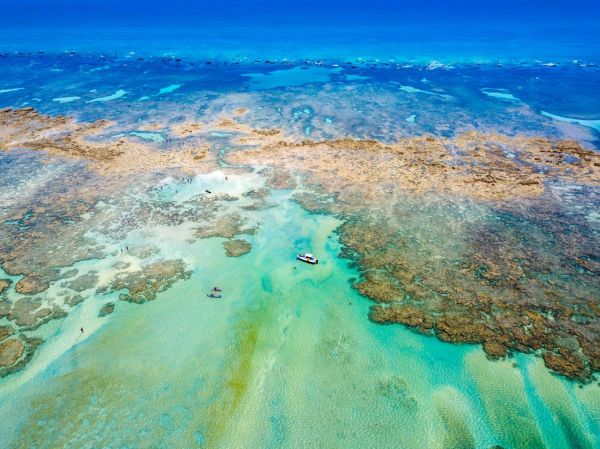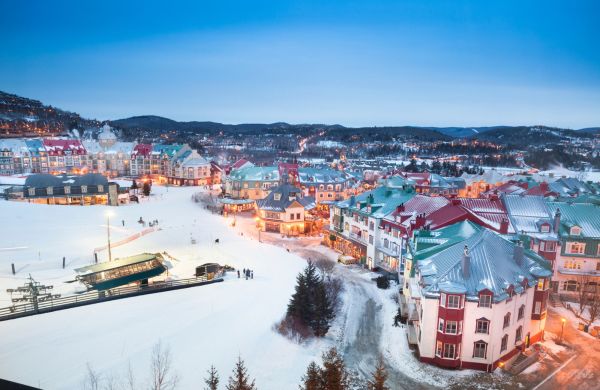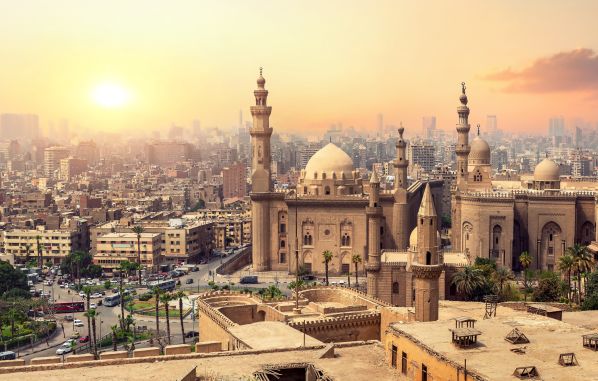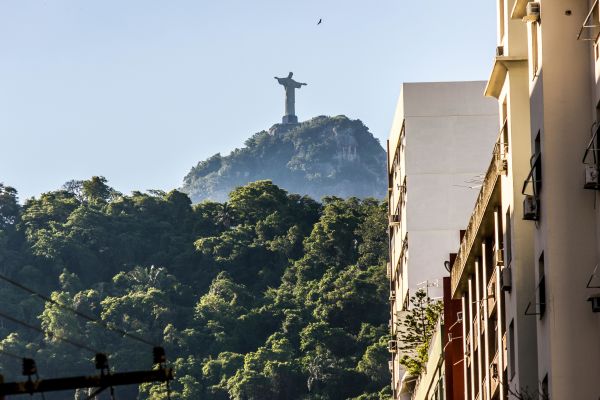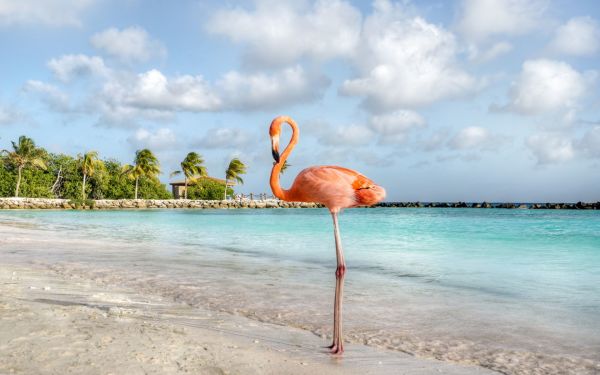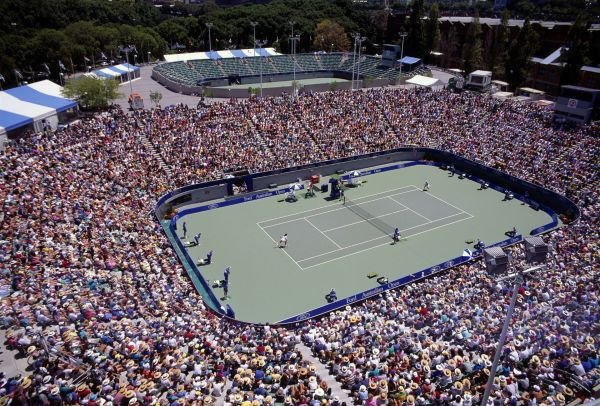Historical Machu Picchu: The origin of the great Inca sanctuary

Deep in the Peruvian Andes Mountains rises majestic Machu Picchu , the sacred sanctuary of the Inca Empire, mysterious and fascinating, which continues to captivate travelers from all over the world with its breathtaking natural beauty and rich historical heritage.
This archaeological paradise is much more than just a tourist attraction in Cusco : it's a destination that offers a unique and unforgettable experience to each and every visitor. Understanding its role as a destination, its Inca origins, its history and charm, and its rediscovery in the 20th century are key to a dream adventure.
Machu Picchu is recognized as one of the most popular and exciting tourist destinations in the world. Every year, thousands of travelers embark on the journey to discover this ancient sanctuary nestled in the mountains .
With its stunning landscapes, challenging hiking trails, and the opportunity to immerse oneself in Peru's rich culture , this sanctuary offers something for everyone. Visitors can explore ancient ruins, marvel at the architectural precision of the Inca structures, and enjoy breathtaking panoramic views from Huayna Picchu.

In addition, the nearby town of Cusco provides a perfect base for exploring the region, with its colonial architecture, vibrant markets, and cultural festivals.
The imperial origin
The origins of Machu Picchu date back to the 15th century , during the height of the Inca Empire. Built at an altitude of over 2,400 meters above sea level high in the Andes, this sanctuary was designed with astonishing architectural precision.
According to records, the ruins served as a royal residence for the Inca emperor Pachacuti and as an important religious site . The first emperor, after conquering the city of Picchu, ordered the construction of a luxurious urban complex for the aristocracy in 1450.

This project included a mausoleum to house the monarch's remains, although it was eventually also used for ceremonial purposes. Strategically located between cliffs and a dense jungle, the city remained hidden from prying eyes, with a single entrance that facilitated its defense by a small number of warriors .
It is estimated that between 300 and 1,000 inhabitants, all descendants of the Inca monarch, resided in Machu Picchu . Meanwhile, in the surrounding valley were the agricultural sectors and administrative centers responsible for supplying food to the city's population.

Machu Picchu, an architectural feat
The city was made up of more than 200 structures, including temples, palaces and dwellings , all built with hand-carved stones that fit together perfectly without the use of mortar.
Machu Picchu has baffled archaeologists for centuries. It is not only a testament to Inca grandeur, but also a marvel of architecture and engineering .
Despite the limited tools available at the time, the Incas created hundreds of terraces that supported the robust granite walls . Thanks to an advanced drainage system, these structures remain solid centuries after their construction, highlighting the ingenuity of this civilization.

Interestingly, the Incas intentionally chose to build Machu Picchu on a network of tectonic faults . This choice made the rocks more fragile, reducing the energy required for carving. Furthermore, the fractures facilitated the channeling of meltwater and rainwater directly to the site, mitigating the risk of avalanches and serving as a defense against potential threats.
You might also be interested in: 3 ideal destinations for a short getaway in South America
The "lost city" was found in 1911
Although the locals knew of the existence of Machu Picchu, the Western world did not learn of its existence until 1911 , when the American archaeologist Hiram Bingham arrived at the site in search of the legendary "lost city of the Incas" .
Although the sanctuary did not exactly fit the description of the city he was looking for, Bingham was impressed by the magnificence of the ruins and helped to bring this archaeological treasure to the world's attention .

Since then, Machu Picchu has been the subject of study and research, as well as a world-renowned tourist destination that attracts travelers and history buffs from all over the globe. The "lost city" awaits you, adventurers .
You might also be interested in: The best routes for traveling by motorhome in the United States

